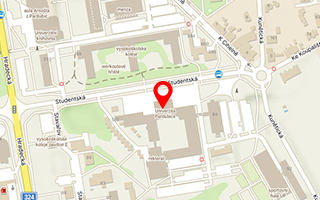Publikace detail
Particle swarm optimization based parametrization of adhesion and creep force models for simulation and modelling of railway vehicle systems with traction
Autoři:
Onat Altan | Voltr Petr
Rok: 2020
Druh publikace: článek v odborném periodiku
Název zdroje: Simulation Modelling Practice and Theory
Název nakladatele: Elsevier Science BV
Místo vydání: Amsterdam
Strana od-do: nestránkováno
